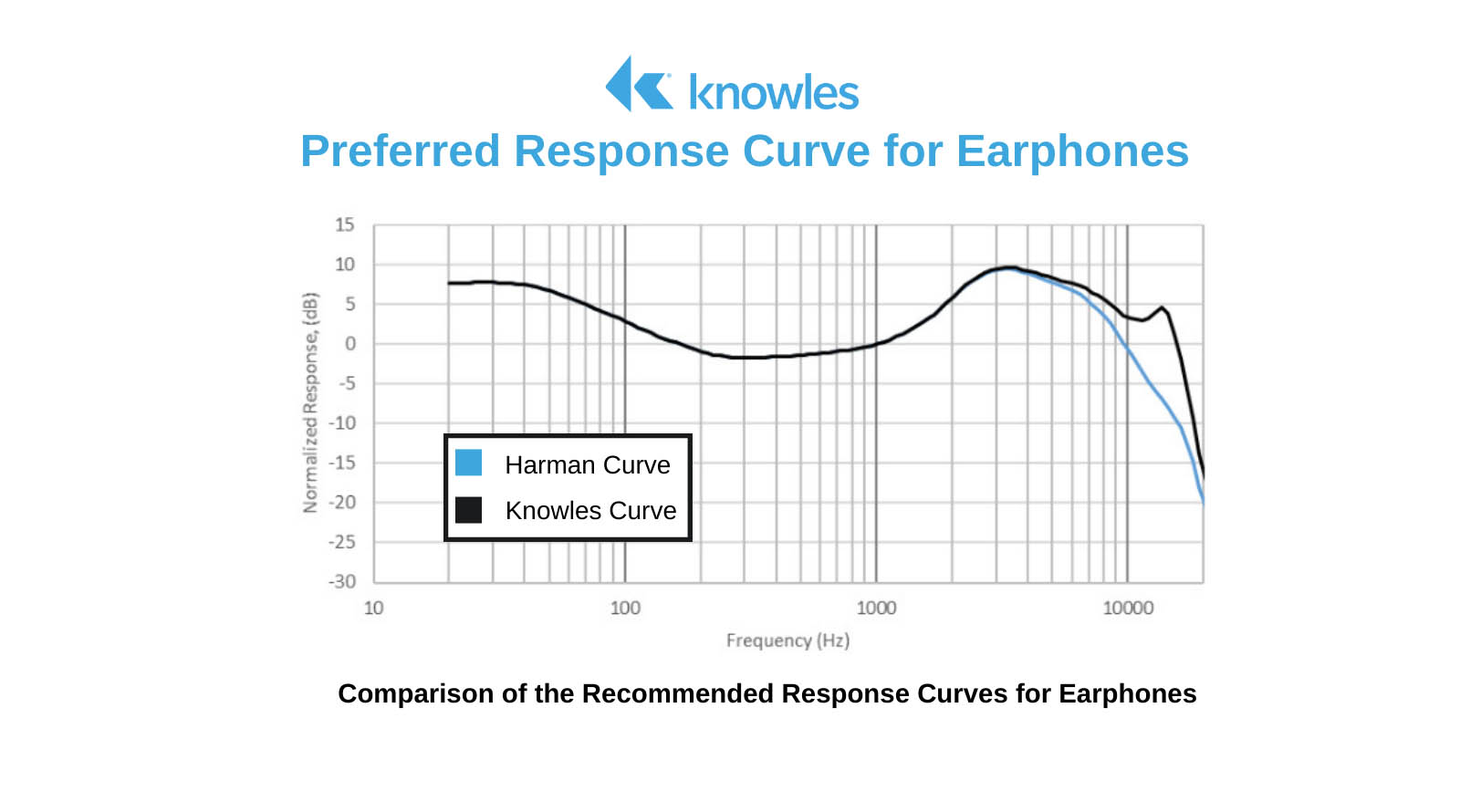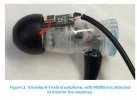A few thoughts on this.
Firstly, it's worth bearing in mind that 'white paper' = non-peer-reviewed marketing material.
It's curious how this was deemed worthy of reporting on Forbes, Bloomberg, etc. As the OP hints at, there's a new target curve born every minute. At first glance this one looks like an independent corroboration of Harman up to 10 kHz, but it's not. Knowles just aimed to get as close as possible to Harman up to 10 kHz. They seem to have offered their listeners a limited selection of filters (filter?) in the treble. The amount of treble boost preferred being a function of age ought to have been obvious - as would the frequency location of the peak, if they'd given listeners that option, but it seems they didn't.
It looks like Knowles never got the memo about the GRAS RA0401 coupler. That coupler was designed to strongly suppress the half-wave resonance, but it's not physical to do so to that extent. Knowles' complaint that 'undamped couplers' cause a 'variation of response curve with insertion depth' is just parroting GRAS' original sales pitch for the RA0401/2. Response curves physically will (and should) vary with insertion depth. We've measured a ton of ears with RA0045 (711) and RA0401 and the latter doesn't correlate well with actual humans. In fairness, GRAS never claimed it would; RA0401 was just designed to be more 'repeatable'. (Flat lines are also very repeatable, but don't tell you much about headphone response.) The Harman curve was produced with standard 711 couplers. For most IEMs (and especially earbuds), RA0401 will not agree with 711 measurements, even up to 10 kHz. Most curves out there are still produced with standard 711 couplers, and those response curves shouldn't be compared against (or EQ'd to) this target curve.
It looks like a kindergartner wired up their mems mic in Fig. 3

The mic is supposed to go INSIDE the eartip to properly check for seal.
Most of us are not listening to binaural mic recordings from dummy heads. We're listening to recordings from stage/studio mics where the high frequencies have had no distance to travel and no time to dissipate - they're effectively getting a shortcut directly into our ears. And then Knowles are boosting them. My purely subjective take on their curve - I tend to find the original Harman curve to be already too bright. Amirm's point is a good one: a short test listening intently for detail is not the same as kicking back and listening to music for an extended period. The Harman metric involves two parts - a delta error to the target curve, and also an error based on overall difference in slope. Bumping up the treble like this is tilting that slope. I have a feeling many are going to find this too bright for regular listening. But maybe 'many' is still less than 50%, in which case it may still be $$$$ for Knowles sales dept. ¯\_(ツ)_/¯
There could be something in this, but it feels more like Knowles are just preparing some hype for their upcoming 'hi-res' true-wireless earbuds.



